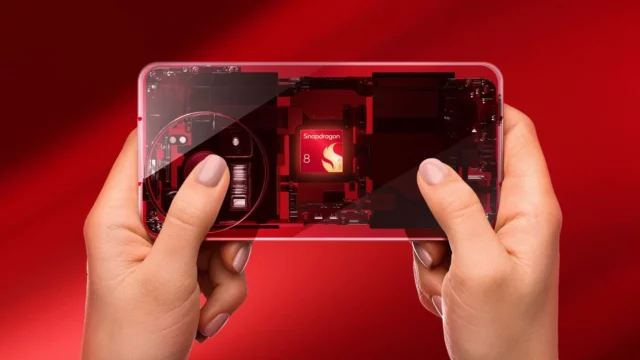Nvidia’s newest budget GPU has landed, and it’s off to a shaky start. The RTX 5050, quietly released with no official review units, is now facing its first wave of third-party benchmarks. And while it has a few tricks up its sleeve, raw performance isn’t one of them.
RTX 5050 falls behind RTX 4060 and Intel B580

Initial testing from Korean outlet QuasarZone paints a rough picture. Across 15 games at 1080p, the RTX 5050 performs around 7% slower than the RTX 4060, and 2.5% behind Intel’s Arc B580. It does edge out the RTX 3060 by roughly 13%, but the margin is hardly groundbreaking for a generational upgrade.
It also squeaks past AMD’s RX 7600 by less than 1%. These are not the numbers Nvidia likely hoped would headline its latest card.
Multi-frame generation is the RTX 5050’s ace card
Where the RTX 5050 shows real promise is in games that support multi-frame generation. Unlike the RTX 4060 and 4060 Ti, which insert one AI frame between rendered ones, the RTX 5050 supports a more aggressive 4x mode, adding up to three AI-generated frames in rapid succession.
This feature pushes the 5050 past not just its weight class, but even higher-tier cards in specific titles if you’re willing to accept the extra latency and occasional artifacts.
Overclocking gives it a small lift
QuasarZone also pushed the RTX 5050’s limits with some mild overclocking. Here’s what they found:
- +420MHz to core clock
- +1000MHz to memory
- ~10% TimeSpy score improvement
- ~7% boost in Cyberpunk 2077
The downside? It’s hard-locked at a 130W TDP, capping long-term headroom for more aggressive tuning.
Is 8GB VRAM still enough in 2025?
At 1080p, the 8GB VRAM didn’t appear to bottleneck gameplay. But expectations are rising. With newer titles pushing higher textures and resolutions, even budget gamers may start feeling the squeeze before long.
RTX 5050 may be priced out of its own market
At $250 to $300, Nvidia’s new entry-level card walks into a crowded field. And as the first benchmarks show, many competitors can match or exceed its native performance. Multi-frame generation is unique, but it’s not for everyone.
Nvidia’s bet on AI-powered frames might work long-term. But for now, the RTX 5050 looks more like a sidegrade than a budget savior.













